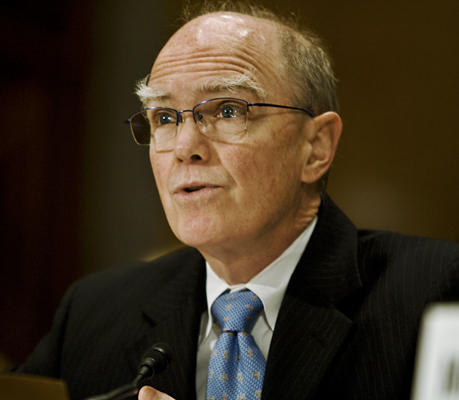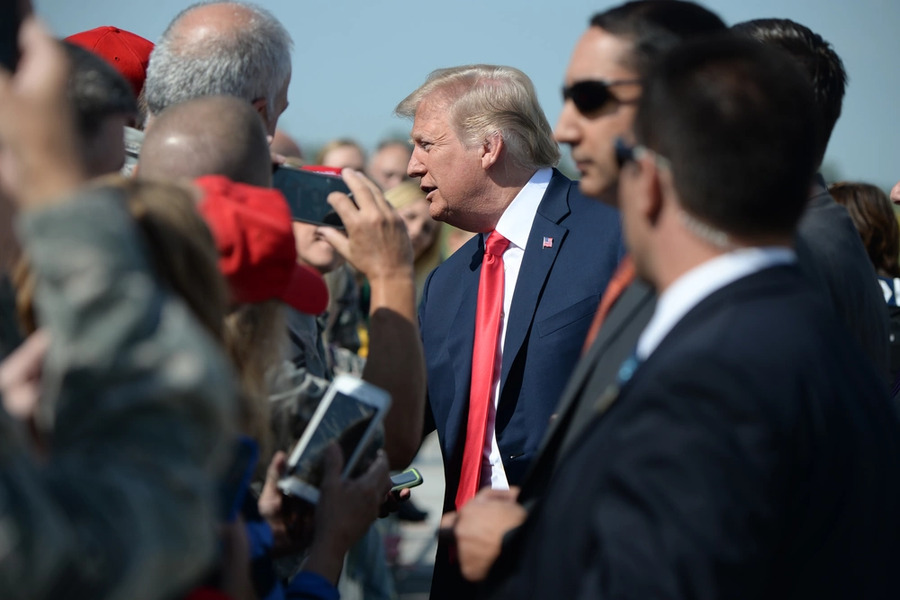Misleading the Foreign Intelligence Surveillance Court has Always Been Dangerous
Over the last week, there's been a great deal of discussion on Lawfare regarding the role that the Foreign Intelligence Surveillance Court might play in clearing up controversy over the Nunes memo. Benjamin Wittes and Susan Hennessey have filed a brief before the FISA Court on the matter, and Sophia Brill has described how the court's rules might allow it to weigh in.
Published by The Lawfare Institute
in Cooperation With

Over the last week, there's been a great deal of discussion on Lawfare regarding the role that the Foreign Intelligence Surveillance Court might play in clearing up controversy over the Nunes memo. Benjamin Wittes and Susan Hennessey have filed a brief before the FISA Court on the matter, and Sophia Brill has described how the court's rules might allow it to weigh in.
As a matter of fact, there isn't much doubt that the FISA Court has plenty of authority to investigate and punish Justice Department and FBI officials who have filed misleading pleadings. While Wittes and Hennessey are apparently seeking clarification that the court does not want to use its authority here, it's worth noting that the FISA court actually invoked its authority to punish inadequate or misleading FISA applications in dramatic fashion nearly seventeen years ago. I told the story in "Skating on Stilts":
March 9, 2001, was cold and gusty in Washington. No one without a clearance even knew that Royce Lamberth, the chief judge of the Foreign Intelligence Surveillance Court, had sent a letter that day to John Ashcroft, the recently confirmed Attorney General of the United States.
But almost immediately, the letter set off the worst turmoil ever experienced in the clubby world of foreign intelligence wiretaps. For the first and only time in its history, the FISA court was disciplining an FBI agent, singling him out by name and barring him from any appearance before the court. Even papers that he signed would be rejected. Why? Because the court no longer trusted his assurances that the FBI was observing the elaborate set of rules that the court had erected to protect the civil liberties of terrorist suspects.
This could not be tolerated. The court was determined to bring the FBI to heel; this ruling would show just how seriously the court took its civil liberties procedures.
Widely described inside the FBI as a contempt order, the ruling looked like a career killer. Indeed, the court’s letter seemed to accuse the agent of making false statements to the court, a felony under federal law. That’s how the attorney general saw it. The Justice Department’s Office of Professional Responsibility was called in to consider what other sanctions might be proper.
This was the beginning of a years-long nightmare for the agent. But in the secret cloisters of intelligence law, it would not be his night mare alone; it would spread and spread, like ripples on a still lake.
The only problem with this precedent is where those ripples ended. Judge Lamberth’s order led to a disastrous hardening of the wall between law enforcement and intelligence, just as the 9/11 plot was going operational. More frightened of Judge Lamberth than of al-Qaeda, the FBI would not let its well-resourced criminal investigative units search for the hijackers, because the information that they were inside the United States came from the intelligence side of the government.





